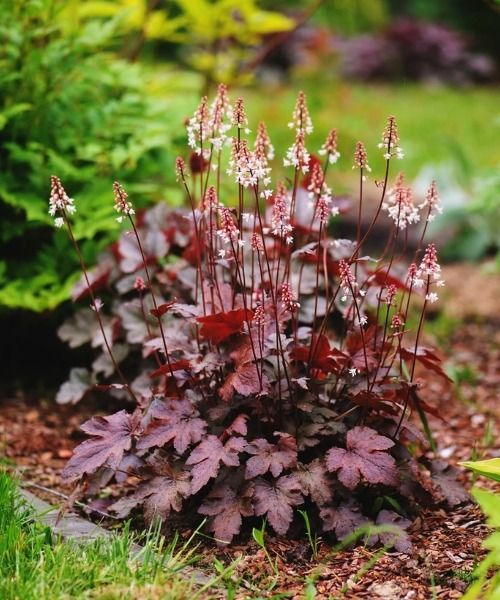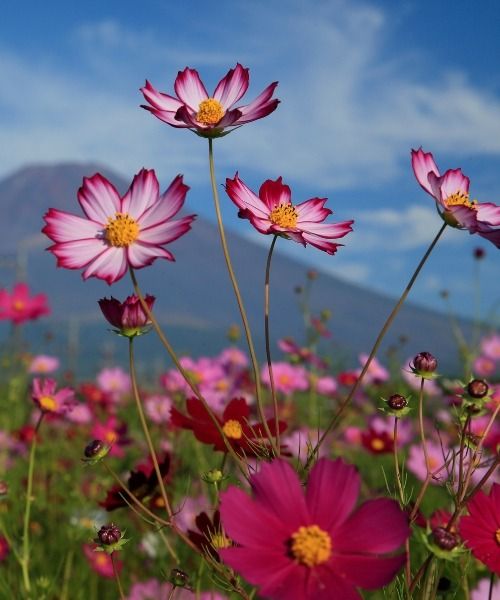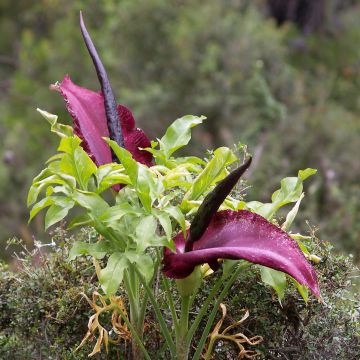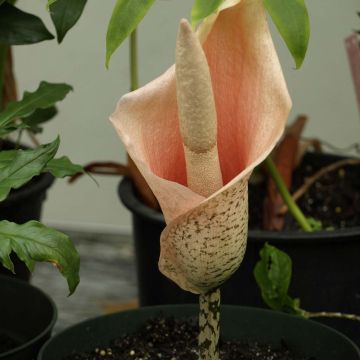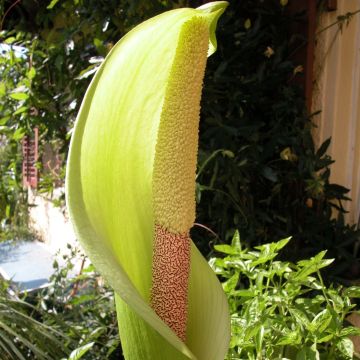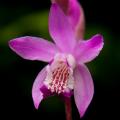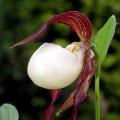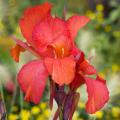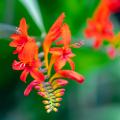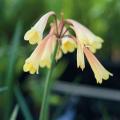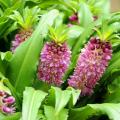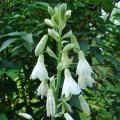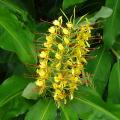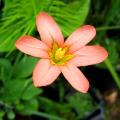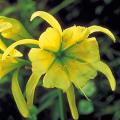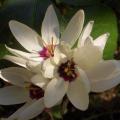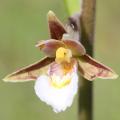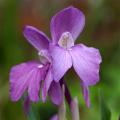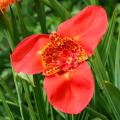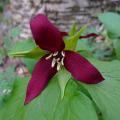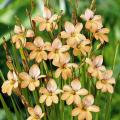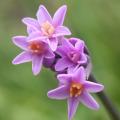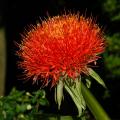Amorphophallus
Does this plant fit my garden? Set up your Plantfit profile →
Available in 1 sizes
Available in 1 sizes
Available in 1 sizes
The Amorphophallus is a strange and fascinating perennial plant with a bulb, or more precisely a tuber, which offers spectacular flower heads like the Amorphophallus titanum (Titan Arum), famous for its giant flower with a disgusting odour and large luxuriant leaves. The underground tuber varies in shape and size depending on the species and can even be enormous, as in the case of the Amorphophallus konjac. Amorphophallus is a type of plant that belongs to the Arum family and has around 170 species. These plants are from tropical and subtropical regions and are often grown in pots in our climates. Once a year, a single leaf grows from the tuber. The leaf can vary in size and shape and looks like a parasol at the top of the stem. Before the leaf appears, the mature tuber creates a single flower head. This flower head consists of a cone-shaped cover that surrounds a fleshy column that has tiny flowers. In some species of Amorphophallus, the flower has a strong smell that is similar to rotting meat. This smell attracts flies that help with pollination.
Growing this plant can be a little tricky, but with proper care, it can thrive. To ensure healthy root growth, choose a container that is at least twice as wide and deep as the rootstock. From May to August, feed your plant with a seaweed-based fertiliser. During periods of high humidity, keep the pot indoors in a garage or a large room, and move it outside again in April.
Haven't found what you were looking for?

































